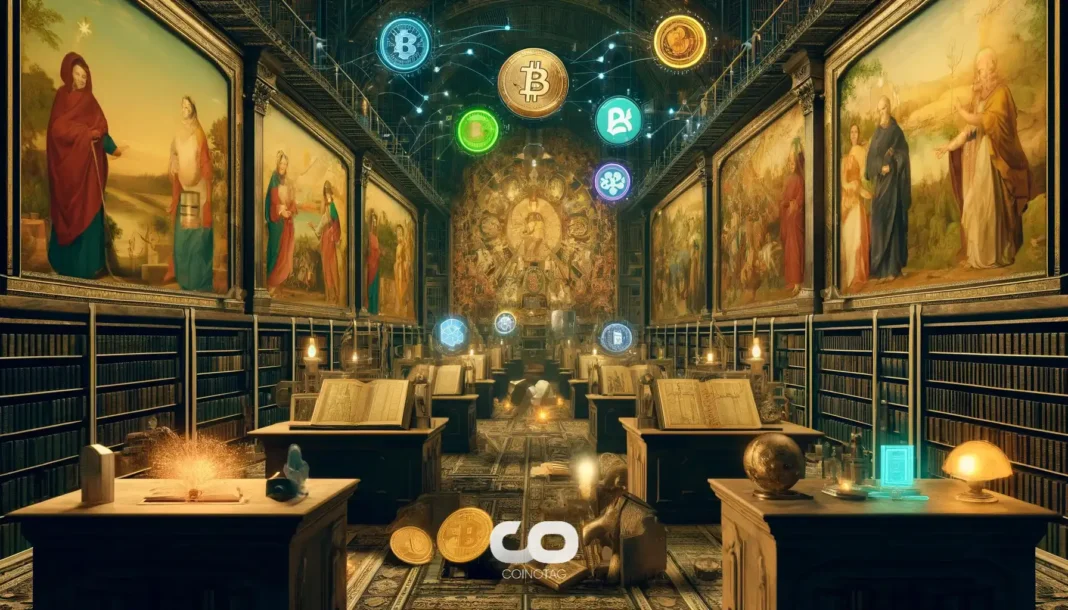-
The Ethereum community is actively discussing the potential for raising the network’s gas limit, aiming to improve transaction efficiency and lower fees.
-
This initiative is driven by a notable increase in validator support, with the percentage climbing from marginal figures to a significant 10% backing higher gas limits since December.
-
As Ethereum developer Eric Connor noted, adjusting gas limits could feasibly cut transaction fees by as much as 33%, creating a more attractive environment for users and developers alike.
Explore the increasing support for raising Ethereum’s gas limit and its potential impact on transaction fees, user experience, and network stability.
Increasing Gas Limits: A Path to Lower Transaction Fees
The recent push by Ethereum developers to increase the gas limit stems from the need to improve transaction efficiency on the network. Proposed changes suggest raising the gas limit to as high as 40 million, as highlighted by core developer Eric Connor and former MakerDAO head Mariano Conti through their campaign website “Pump The Gas.” This initiative aims to achieve a potential reduction of 15% to 33% in layer-1 transaction fees, thus benefiting users significantly.
In December, a notable shift occurred when 10% of validators began signaling their support for a gas limit exceeding 30 million, up from just over 1% prior to the month. This rise in support highlights the community’s growing frustration with high transaction fees, which have become a significant barrier to widespread Ethereum adoption.
As part of their advocacy, participants argue that raising the gas limit would enhance the deployment of high-demand applications on the Ethereum network, thereby improving overall user experience. Emmanuel Awosika, creative director at 2077 Collective, emphasized that the current gas limit can inhibit launching innovative projects, as soaring gas prices create challenges when user demand spikes.
Community Support and Developer Perspectives
The push to increase gas limits aligns with Ethereum’s broader focus on scalability and developer empowerment. Notably, Ethereum researcher Justin Drake encouraged his peers to configure validators for a 36 million gas limit. He pointed out that even a modest increase could “safely grease the wheels” for transactions, fostering a robust ecosystem.
This sentiment is echoed across the developer community, with many voicing the need for flexibility as Ethereum expands. The collaborative efforts among researchers and developers signify a proactive approach to address the persistent challenges posed by gas fees while promoting sustainable network growth.
Cautions Against Excessive Increases to Gas Limits
While the momentum toward raising Ethereum’s gas limit is palpable, some community voices caution against potential risks. Toni Wahrstätter, a representative from the Ethereum Foundation, highlighted that excessive increases could jeopardize the network’s stability and security. The emphasis on remaining decentralized remains pivotal in these discussions.
Moreover, the “Pump The Gas” initiative has acknowledged these concerns, warning that should gas limits soar too quickly, the platform may face unforeseen challenges, including the viability for solo node operators to validate the chain effectively. The community underscored the necessity for a balanced approach that considers both current needs and future scalability.
The risks associated with rapid changes are compounded by the evolving technological landscape. As Ethereum continues to develop, opportunities for gradual increases in gas limits may emerge, ensuring that the network can adapt without compromising its core principles.
Conclusion
The ongoing dialogue surrounding Ethereum’s gas limit indicates a pivotal moment for the network, as community members seek out solutions to optimize transaction costs and enhance user experience. Ultimately, while the call for increased gas limits reflects a genuine aspiration for improvement, the community must remain vigilant against impulsive decisions that could undermine the network’s foundational qualities of decentralization and security. As these discussions progress, all stakeholders are urged to weigh the potential benefits against the risks involved, ensuring a balanced and informed approach to growth.







